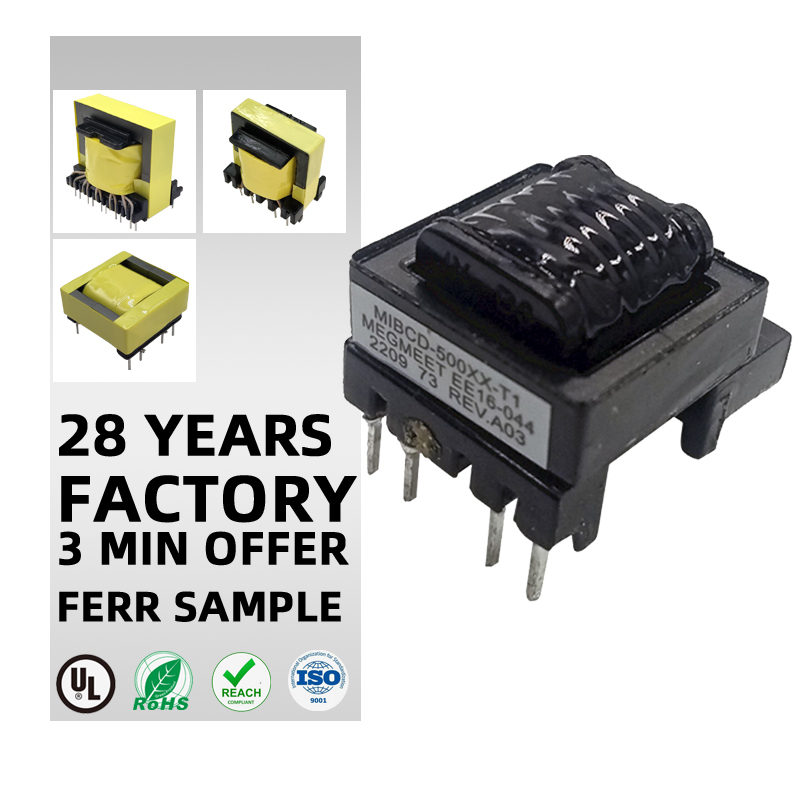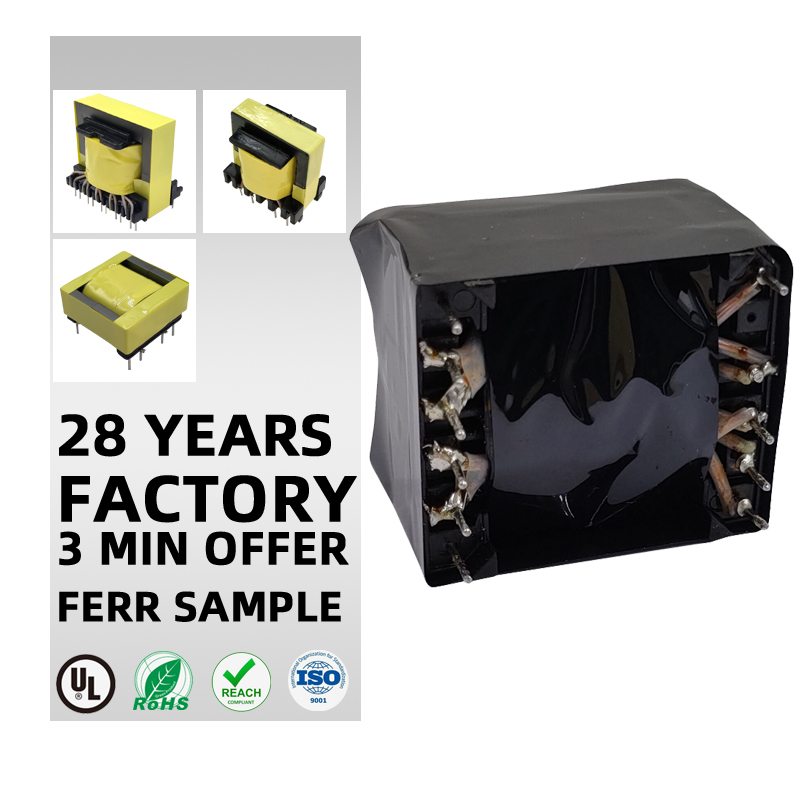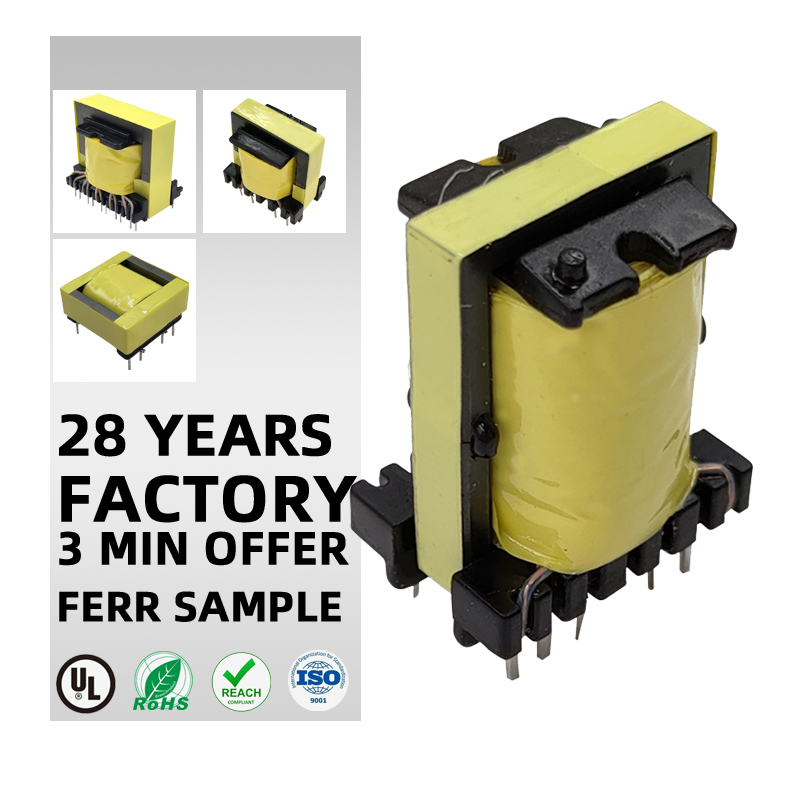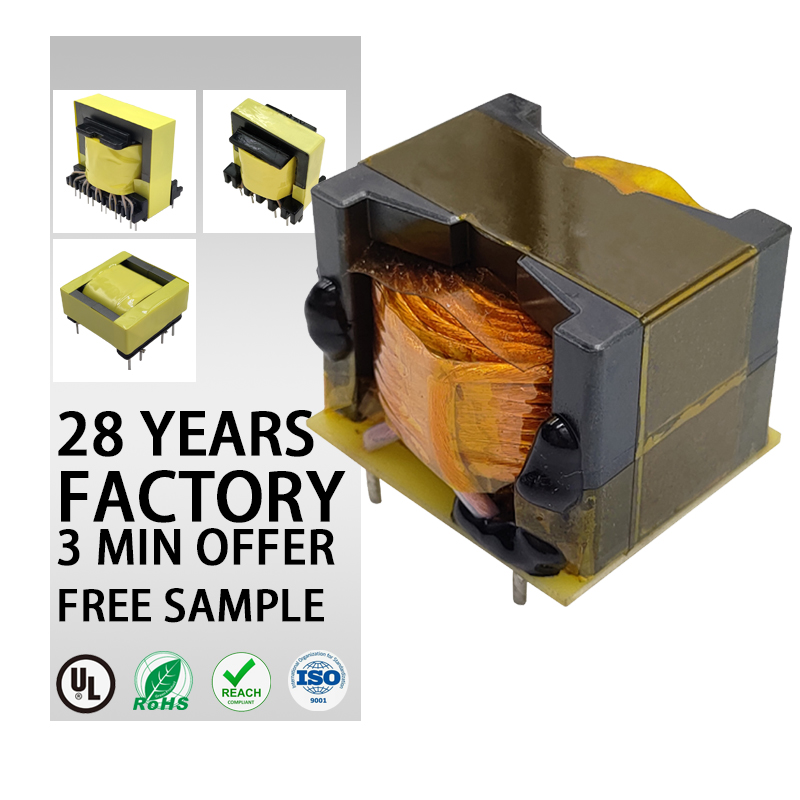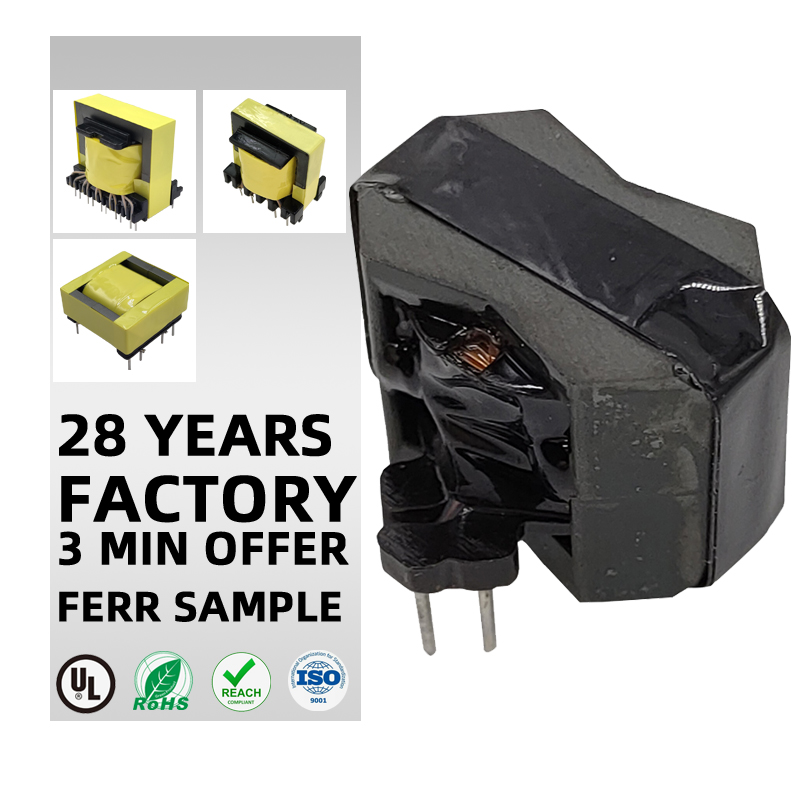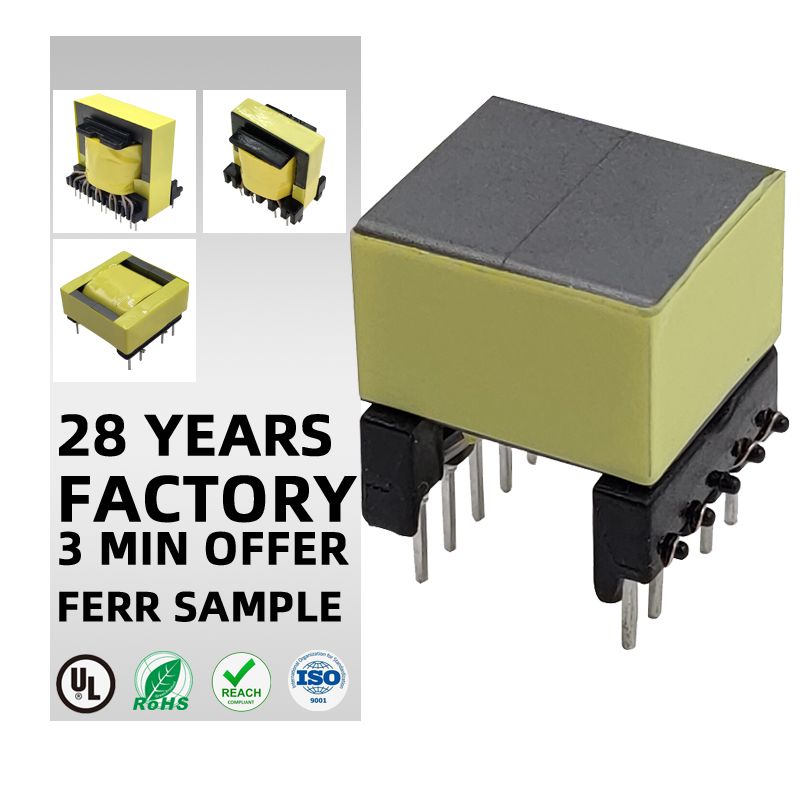What are the disadvantages of a ferrite core transformer?
2024-08-29
Ferrite core transformers have several advantages, such as their ability to operate at high frequencies and their compact size. However, they also come with certain disadvantages, which are important to consider depending on the application. Here are some of the key disadvantages of ferrite core transformers:
1. Limited Power Handling Capacity:
- Ferrite cores are not suitable for high-power applications. While ferrite core transformers are ideal for low to medium power applications (such as in power supplies, radio frequency transformers, and small electronic devices), they are less efficient at handling high power levels compared to transformers with iron or silicon steel cores.
- Why: Ferrite materials have lower magnetic saturation points than iron-based cores, meaning they can saturate more easily, limiting their ability to handle large amounts of power.
2. Saturation Issues:
- Ferrite cores can saturate at lower magnetic flux densities. Once a ferrite core reaches its saturation point, it can no longer effectively transfer energy, leading to distorted signals, reduced efficiency, or even damage to the transformer.
- Why: Ferrite has a lower saturation flux density (around 0.3 to 0.5 Tesla) compared to silicon steel cores (1.5 to 2.0 Tesla), which limits its use in applications where large amounts of magnetic energy need to be transferred without saturation.
3. Fragility:
- Ferrite cores are brittle and prone to mechanical damage. Unlike steel cores, ferrite is a ceramic material and can break or chip easily if subjected to mechanical stress, shock, or vibration.
- Why: The ceramic-like structure of ferrite materials makes them more fragile than metal-based cores, which can be problematic in environments where the transformer might be exposed to physical stress.
4. Temperature Sensitivity:
- Ferrite materials have poor performance at high temperatures. They are more susceptible to temperature changes, and their magnetic properties degrade at elevated temperatures, which can reduce efficiency and increase energy losses.
- Why: The Curie temperature (the temperature at which the material loses its magnetic properties) of ferrite is lower than that of steel cores. Above the Curie temperature (usually around 100°C to 300°C, depending on the type of ferrite), ferrite cores lose their magnetism, making them unsuitable for high-temperature applications.
5. High Core Losses at Low Frequencies:
- Ferrite cores have higher core losses at low frequencies compared to traditional iron cores. They are designed to work efficiently at high frequencies (tens of kHz to MHz), but at lower frequencies (such as those used in power grids, 50Hz or 60Hz), ferrite cores become inefficient.
- Why: Ferrite materials are optimized for high-frequency switching in devices like power supplies and radio-frequency transformers. At low frequencies, the core losses (especially eddy current losses and hysteresis losses) are higher than in iron-based cores.
6. Cost:
- Ferrite cores can be more expensive compared to laminated steel or silicon steel cores, especially for larger applications. This makes them less cost-effective for some designs, particularly for high-power transformers.
- Why: The manufacturing process for ferrite cores, involving the sintering of ceramic materials, can be more expensive than the processes used for manufacturing iron-based cores, especially when high tolerances are required for the core shape and composition.
7. Magnetic Permeability:
- Ferrite cores have lower magnetic permeability than some other core materials, such as iron or silicon steel. This means they are not as efficient at concentrating magnetic fields, which can limit the efficiency of the transformer, particularly at lower frequencies.
- Why: Magnetic permeability measures how easily a material can support the formation of a magnetic field within itself. Ferrite materials typically have lower permeability than metal cores, resulting in reduced magnetizing efficiency in certain applications.
8. Limited Availability of Core Sizes:
- Ferrite cores are typically available in specific sizes and shapes, which can limit design flexibility. Unlike laminated steel cores, which can be custom-made for large power transformers, ferrite cores are usually standardized for specific applications.
- Why: Ferrite core production is less flexible, and the mechanical properties of ferrites limit the size they can be manufactured to, meaning there are fewer options for custom shapes or larger transformer designs.
9. High Frequency Noise:
- Ferrite core transformers can produce noise at high frequencies, especially if the core or windings are improperly designed or assembled. This noise can be undesirable in certain applications, such as audio or sensitive electronic circuits.
- Why: Due to the magnetic properties of ferrites, vibrations in the core material or winding interactions can lead to audible noise or electromagnetic interference (EMI), especially in high-frequency circuits.
Summary of Disadvantages:
In conclusion, while ferrite core transformers are highly efficient for high-frequency applications, their limitations in terms of power capacity, fragility, temperature sensitivity, and low-frequency inefficiency make them less suitable for high-power or low-frequency applications, such as traditional power grid transformers.



